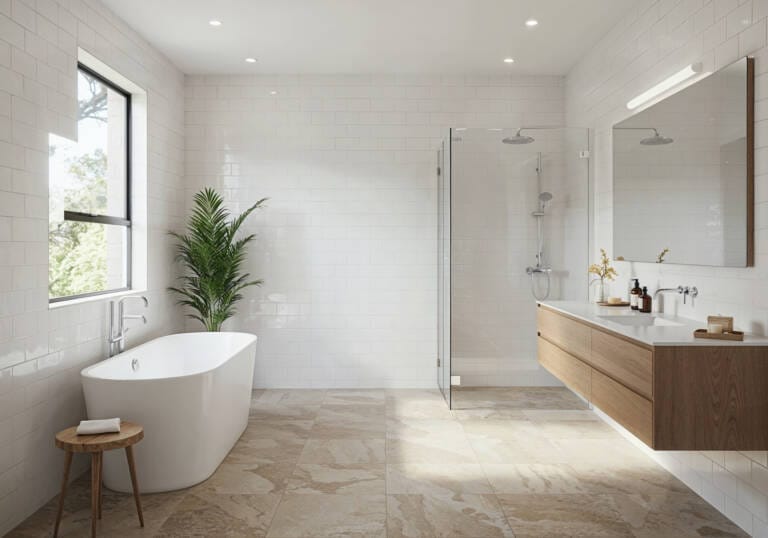Crafted from durable ceramic and porcelain materials, these high-quality tiles are designed to withstand the demands of wet areas. Their popularity stems from their ability to seamlessly blend practicality with design, making them a perfect choice for those looking to transform their bathroom into a stylish and functional retreat.
At Ross’s Discount Home Centre, we offer an extensive range of ceramic and porcelain 250x400mm tiles to suit any design vision. Whether you’re aiming to transform your bathroom with timeless elegance or modern flair, visit our showroom or shop online to explore our collection of bathroom tiles and find the ideal solution for your renovation needs.





